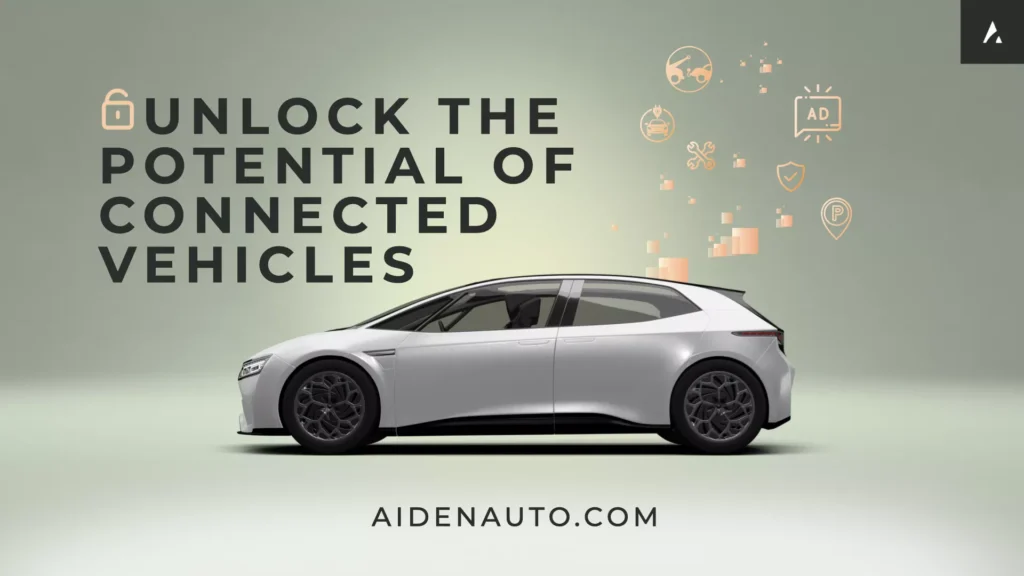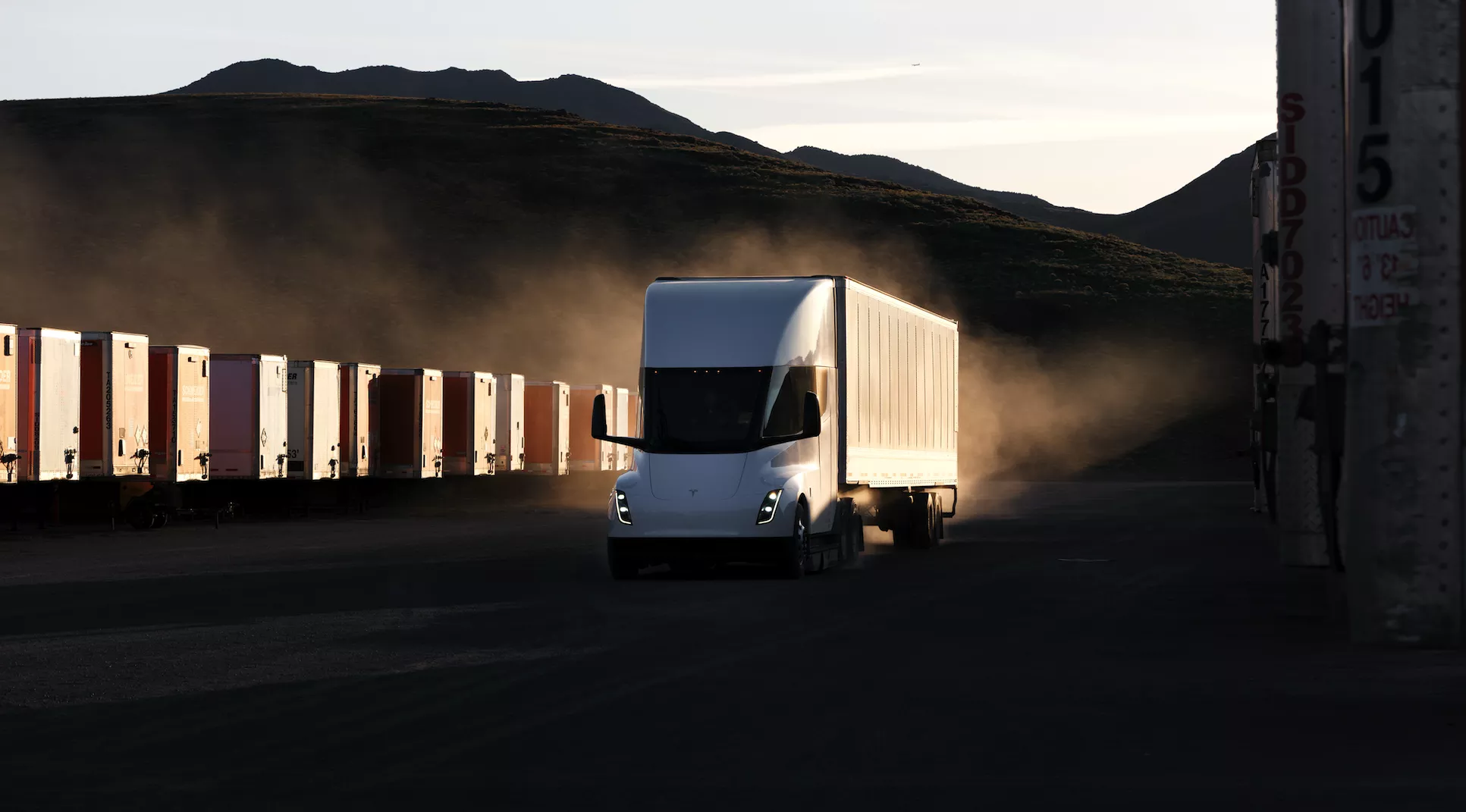










From EVs and batteries to autonomous vehicles and urban transport, we cover what actually matters. Delivered to your inbox weekly.

Uber Freight and Tesla have teamed up to tackle one of the biggest barriers to electric truck adoption – affordability.
Their new “Dedicated EV Fleet Accelerator Program” offers trucking companies discounted pricing on the Tesla Semi, bundled with coordinated freight and charging support to ease the transition away from diesel.
Carriers gain immediate access to pre-arranged shipping contracts, with routes designed to ensure range consistency and high vehicle uptime, essential in Class 8 trucking, where every delay cuts into margins.
Tesla’s Semi has logged over 12,000 miles of test operations with an energy efficiency of 1.72 kWh per mile, even under varying loads. Its 300–500 mile range, depending on configuration, positions it well for regional hauls and select long-distance routes.
Mass production is slated for late 2025, with commercial availability beginning in 2026. That gives carriers a near-term window to begin building EVs into fleet plans, without waiting for regulatory mandates or drawn-out pilots.
By removing cost uncertainty and providing reliable route density, Tesla and Uber Freight aim to make electrification a practical next move instead of a distant bet.
The program also layers in network-level fleet services, including route optimization, cargo matching, and charging strategy support, critical in a segment where public charging infrastructure is still not designed for high-volume freight needs.
For an industry under tightening emissions rules and long capital lock-in for diesel rigs, this may be the first glimpse of an EV freight model that actually scales.
If the numbers hold – on cost-per-mile, uptime, and delivery performance – the subsidy-plus-scheduling approach could set the foundation for how electric trucking grows from niche to norm.